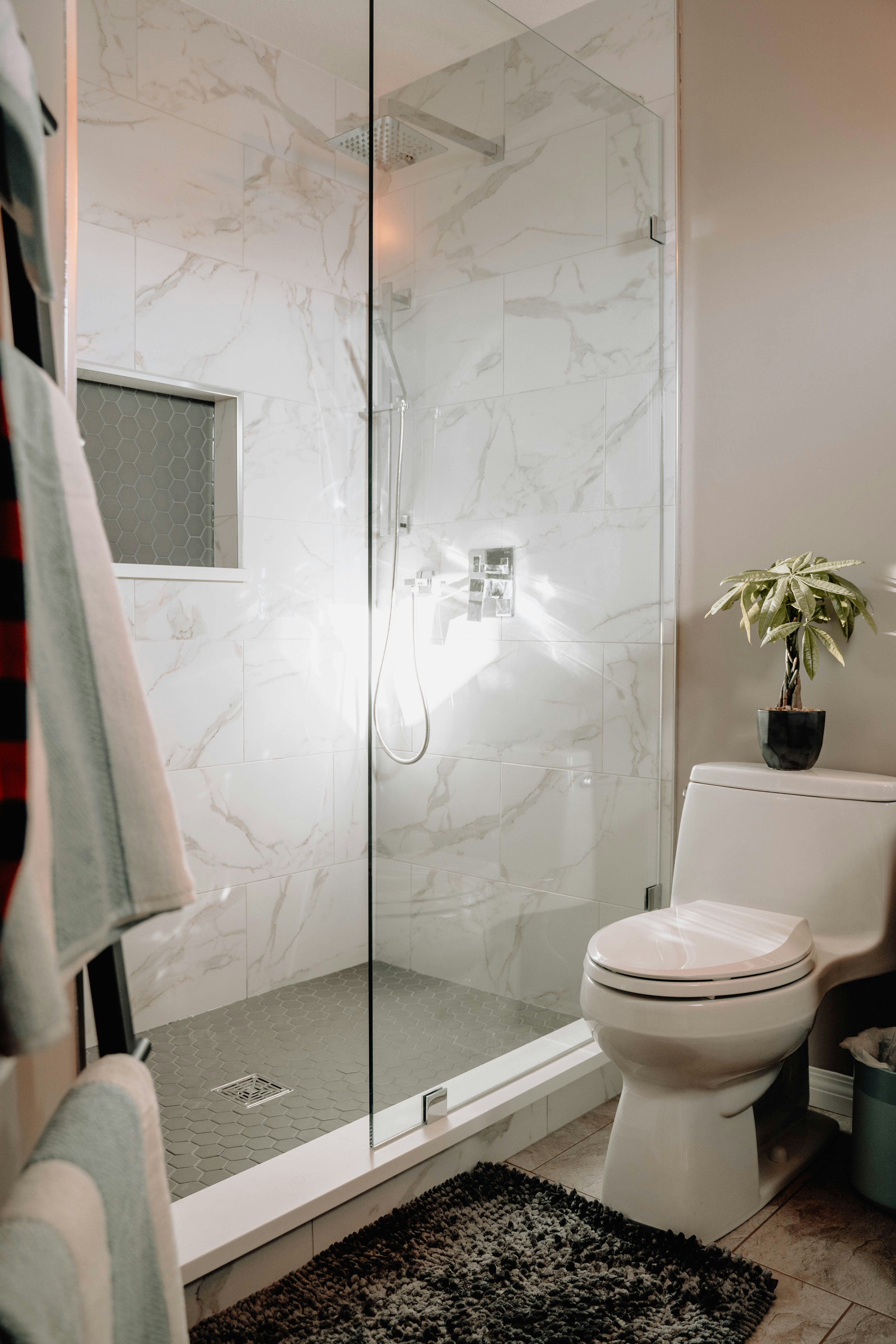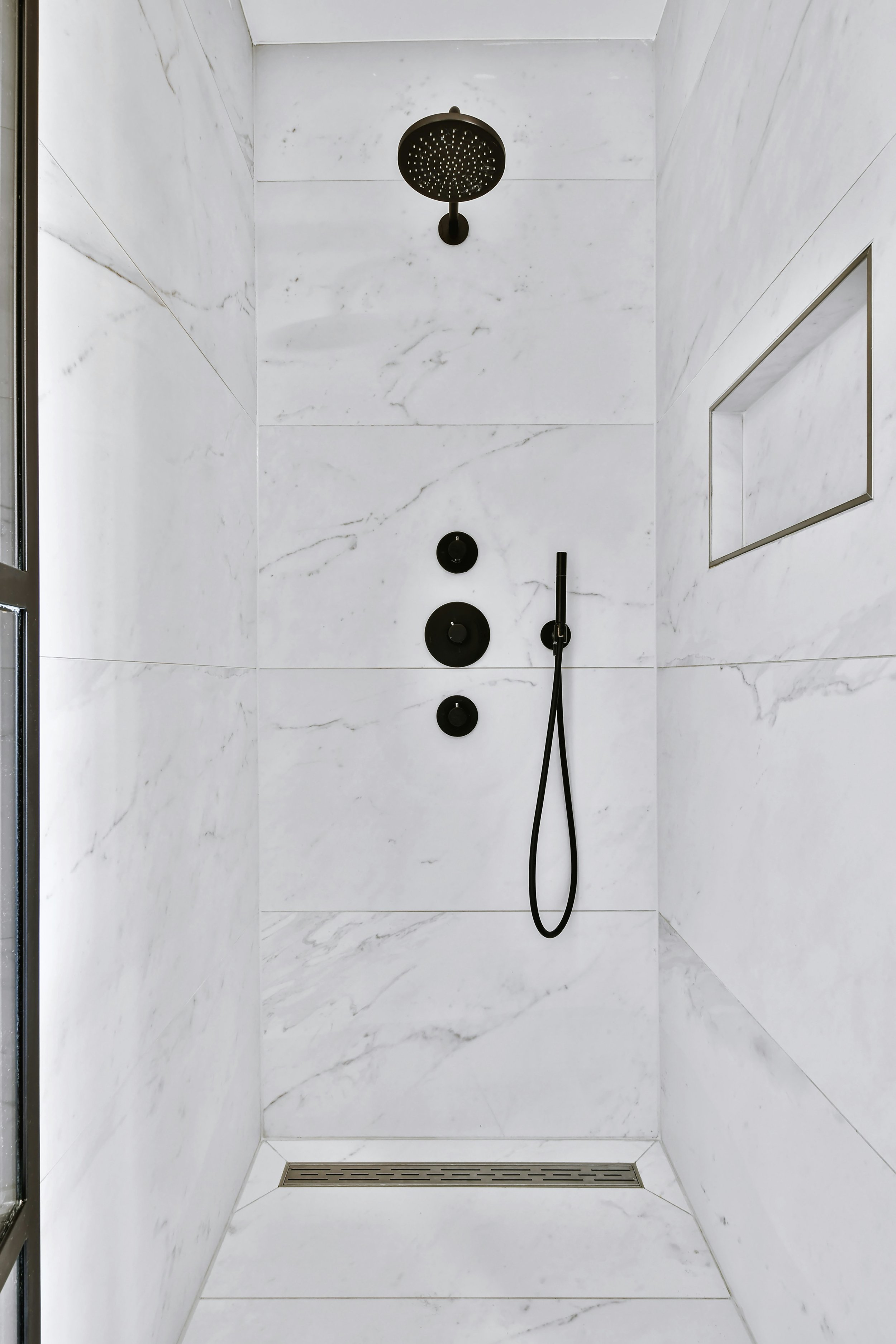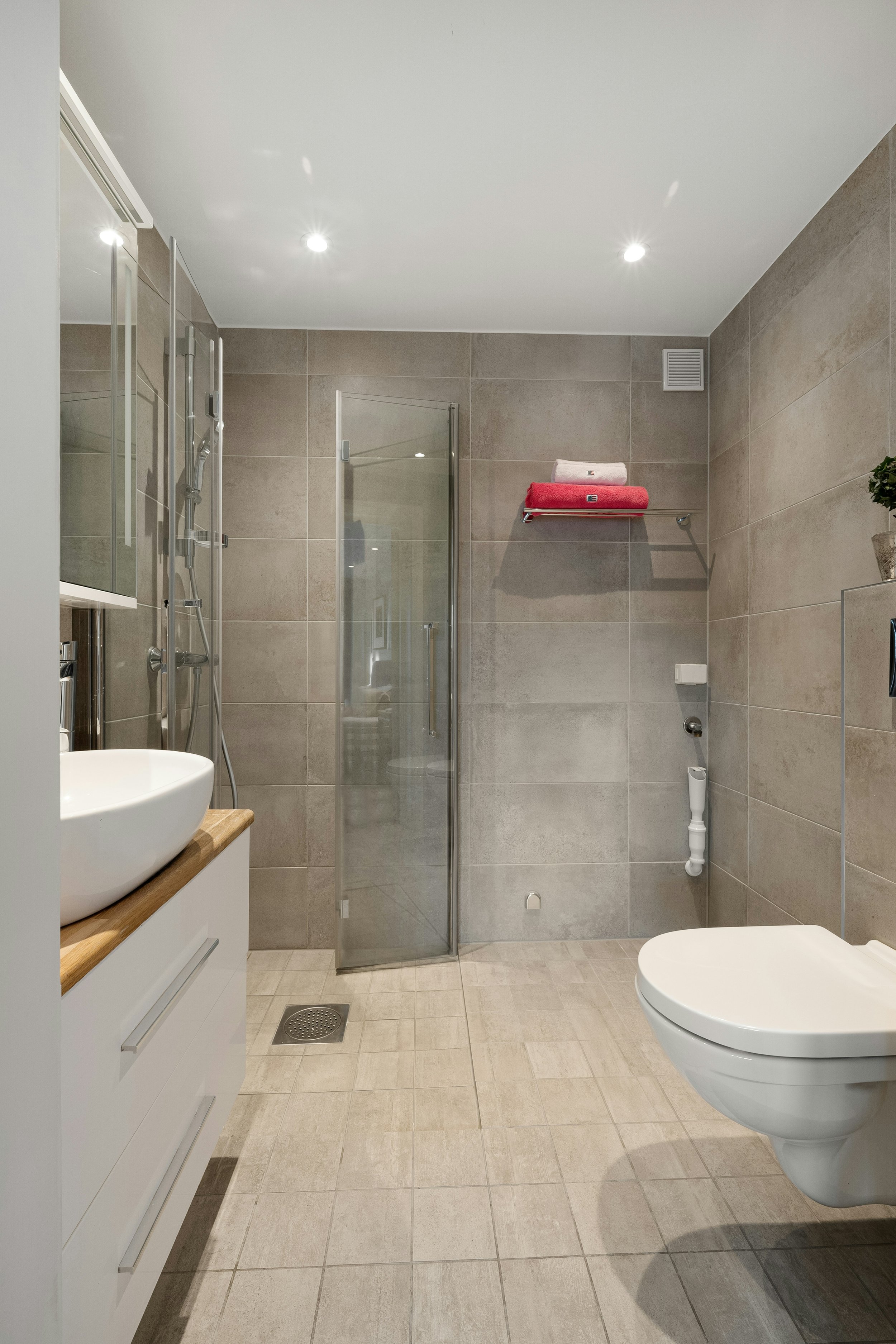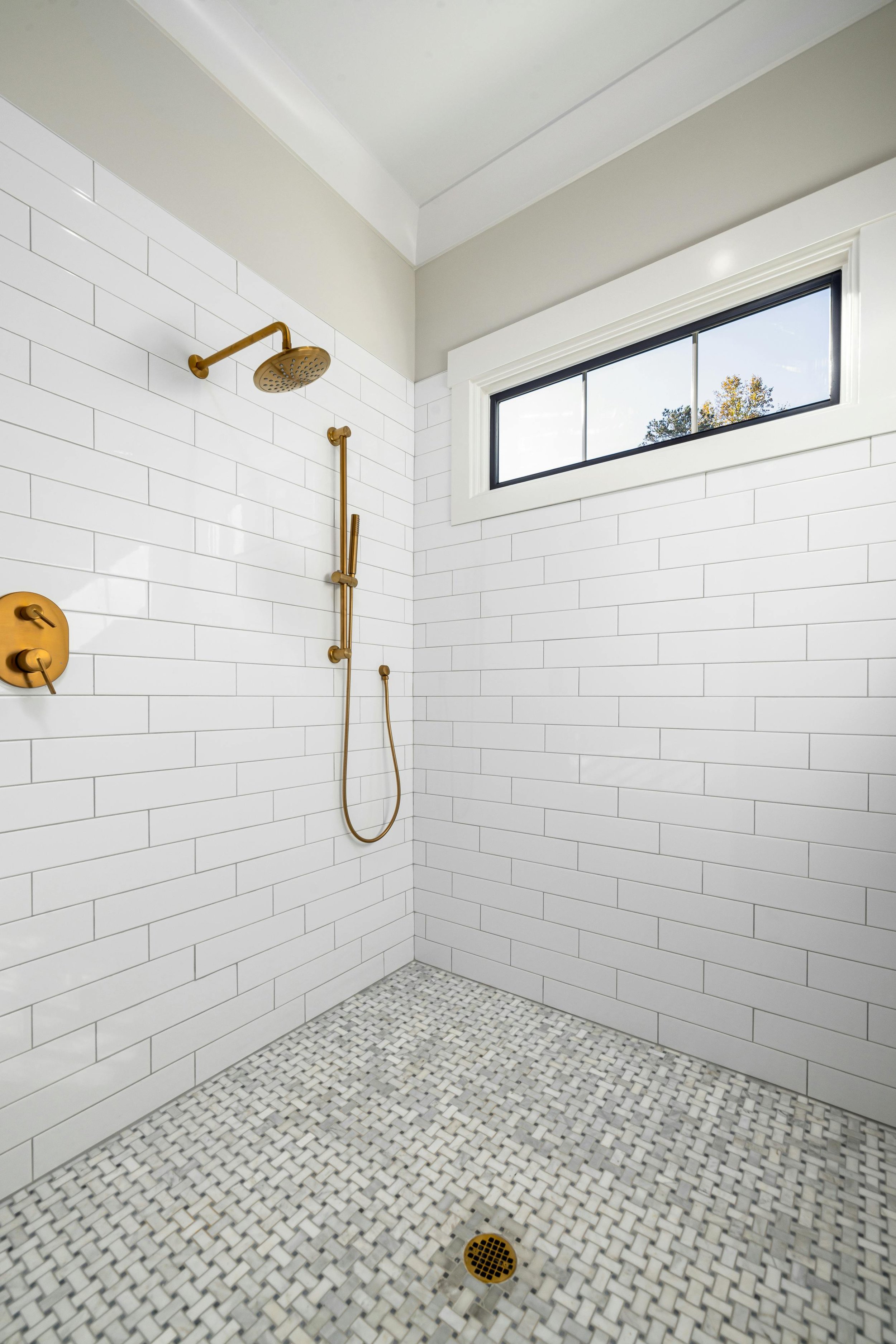How to Remove a Shower Drain: Step-by-Step Guide
Need to replace your shower drain? Check out this step-by-step guide on how to remove a shower drain easily and effectively. Get tips, tricks, and solutions for a seamless DIY experience!
Is your shower drain clogged, rusty, or just plain old? Perhaps you're ready for a stylish upgrade? Whatever the reason, knowing how to remove a shower drain is a handy skill that can save you time and money. It might sound intimidating, but fear not! With the right tools and guidance, you can tackle this DIY project with confidence.
In this How to Remove a Shower Drain: Step-by-Step Guide, we’ll walk you through the process, share some tips, and answer common questions. So, roll up your sleeves and let’s dive into the nitty-gritty of shower drain removal!
Why You Might Need to Remove a Shower Drain
Before we jump into the How to Remove a Shower Drain: Step-by-Step Guide, let's briefly touch on why you might find yourself in this situation:
Clogs: Clogs occur when hair, soap scum, and debris accumulate in drains over time, obstructing water flow and causing slow drainage. Regular cleaning and maintenance can help prevent these blockages, keeping your plumbing running smoothly and hassle-free.
Replacement: If your drain is damaged or rusted, replacing it not only restores functionality but also improves the overall look of your shower. A new drain ensures smooth water flow while enhancing the bathroom’s aesthetics with a fresh, clean finish.
Cleaning: A deep clean can work wonders for your shower’s drainage, and removing the drain cover makes the task easier. This allows you to access trapped debris, soap scum, or hair, helping restore proper water flow and prevent future clogs.
Tools and Materials You'll Need
Before we begin, it's important to gather the necessary tools and materials. Here’s what you’ll need:
Screwdriver (flathead and Phillips)
Pliers
Drain removal tool (if necessary)
Utility knife
Bucket (to catch any water)
Towels or rags
Safety goggles
Gloves
Having everything ready to go will make your project run smoothly!
How to Remove a Shower Drain: Step-by-Step Guide
Step 1: Prepare the Area
First things first, let’s make sure the area around the shower is ready for action.
Clear the Shower: Clear the shower by removing bath mats, toiletries, and any other items to create ample space to work. This ensures an unobstructed area, making the cleaning or drain replacement process smoother and preventing accidental damage to your belongings.
Dry the Area: Dry the area by using a towel to soak up any water in the shower. This improves visibility and ensures a safer workspace, reducing the risk of slipping while you clean or perform maintenance on the drain.
Step 2: Turn Off the Water Supply
Although you're working on a shower drain, it's always a good idea to turn off the main water supply.
Locate the Shut-Off Valve: Find the valve that controls the water supply to the shower. It’s often located near the showerhead or behind a panel.
Shut It Off: Turn the valve to stop any water flow.
Step 3: Remove the Shower Drain Cover
This is where the fun begins!
Inspect the Cover: Most shower drains have a cover that can be easily removed. Depending on the design, it could be a simple grate or a screw-on cap.
Use the Right Tool: If it's screwed on, use a screwdriver to unscrew it. If it’s a grate, you might be able to lift it off by hand or gently pry it up with a flathead screwdriver.
Step 4: Loosen the Drain
Now that you’ve removed the cover, it’s time to tackle the drain itself.
Check for Screws: Look for screws holding the drain in place. If you find them, use your screwdriver to remove them.
Use a Drain Removal Tool: If your drain is stubborn and won’t budge, a drain removal tool can help you grip and twist it free.
Step 5: Remove the Drain
Twist and Pull: Once you’ve loosened everything, carefully twist the drain counterclockwise and pull it upwards. If it’s stuck, use pliers for extra grip but be careful not to damage the surrounding area.
Inspect for Damage: Inspect the drain and the pipe underneath for any signs of cracks, corrosion, or wear. If you spot damage, make a note to replace the affected parts to prevent leaks and ensure your shower functions properly.
Step 6: Clean the Area
After you’ve removed the drain, it’s essential to clean the area properly.
Remove Debris: Remove debris by carefully using a utility knife to cut away any old caulk or buildup around the drain hole. This ensures a clean surface, allowing for a secure fit if you're installing a new drain or reapplying fresh sealant.
Wipe Down: Wipe down the inside of the drain opening with a damp rag to remove any lingering dirt, grime, or soap residue. This simple step ensures a clean surface, improving drainage and preparing the area for further maintenance if needed.
Step 7: Install the New Drain (If Needed)
If you're replacing the drain, here’s how to install the new one.
Apply Plumber’s Putty: Apply plumber’s putty by rolling a small amount into a snake-like shape and placing it evenly around the lip of the new drain. This creates a watertight seal, preventing leaks once the drain is installed securely.
Insert the Drain: Insert the new drain into the opening and twist it clockwise until it feels secure. Applying firm pressure ensures the plumber’s putty creates a tight seal, preventing leaks and keeping the drain firmly in place.
Secure with Screws: If your new drain has screws, go ahead and tighten them to hold the drain in place.
Step 8: Reattach the Cover
Now that your new drain is in place, it’s time to finish up.
Place the Cover: Align the cover over the drain and push it down gently. If it’s a screw-on cover, use your screwdriver to secure it in place.
Check for Stability: Check for stability by ensuring the drain cover sits flush with the surrounding surface and feels secure. Gently press and wiggle it to confirm there’s no movement, ensuring a proper fit and preventing future leaks or shifting.
Step 9: Turn the Water Supply Back On
Locate the Shut-Off Valve: Locate the main water supply valve and turn it back on by rotating it counterclockwise. Ensure the water flows smoothly, then check for any leaks around the newly installed drain to confirm a secure, watertight fit.
Check for Leaks: Run the shower for a minute and watch for any leaks around the new drain. If you notice any, you may need to tighten it further or reseal it.
Conclusion
Congratulations! You’ve successfully tackled the task of removing a shower drain with our How to Remove a Shower Drain: Step-by-Step Guide. Whether you did it for cleaning, replacement, or just curiosity, you’ve gained a valuable skill that will serve you well in your home maintenance endeavors. Remember, if you run into any snags along the way, don’t hesitate to seek advice or consult a professional. With a little practice, you’ll be a DIY pro in no time! Happy plumbing!
Read next: How to Unclog a Shower Drain: Easy Step-by-Step Guide
Frequently Asked Questions
1. How long does it take to remove a shower drain?
Typically, removing a shower drain takes about 30 minutes to an hour, depending on how stubborn the old drain is.
2. Can I replace the drain myself, or should I hire a professional?
If you're comfortable with DIY projects and have the right tools, replacing a shower drain is a manageable task. However, if you're unsure, hiring a professional might save you the hassle.
3. What if my shower drain is rusted?
If your shower drain is rusted, you might need to apply some penetrating oil to loosen it up. If it’s beyond saving, replacement is likely the best option.
4. Is it normal for a shower drain to smell?
A smelly shower drain can indicate standing water or trapped debris. Regular cleaning and maintenance can prevent odors from developing.
5. How can I prevent clogs in the future?
Using a drain cover to catch hair and debris, along with regular cleaning, can help prevent clogs and keep your shower running smoothly.






